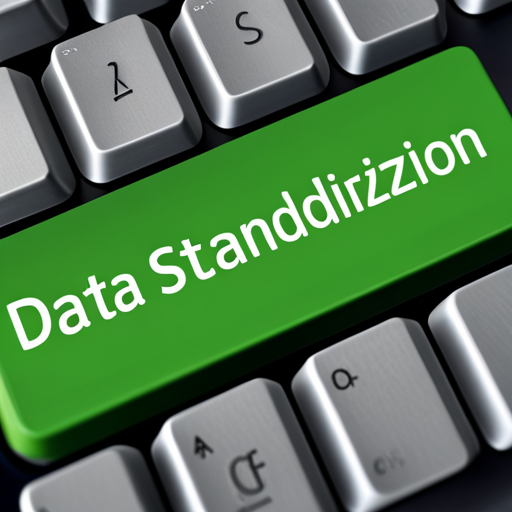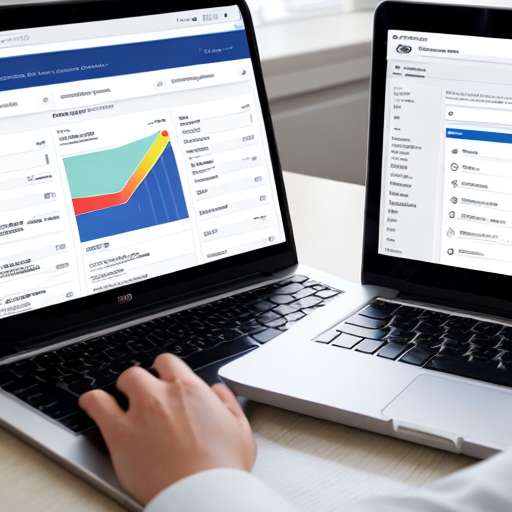This guide will show you how to clean up your CRM database and improve your data quality so you can achieve better business outcomes.
In today’s data-driven business world, a clean and well-maintained CRM database is essential for organizations to make informed decisions, run efficient marketing campaigns, and provide personalized customer experiences. However, over time, CRM databases can become cluttered with duplicate records, inaccurate information, and incomplete data, which can hinder the effectiveness of your CRM system.
**”The average CRM database contains 25% duplicate records. This means that for every 100 records in your database, 25 of them are duplicates. These duplicate records can lead to confusion and errors, which can cost you time and money.” Salesforce.
This stat shows the importance of having clean CRM data. When your data is clean, you are better able to make informed decisions about your customers and prospects. This can lead to improved customer satisfaction and increased sales.
In this blog post, we will discuss how to clean up a CRM database in 2023 and highlight the benefits of using PurifyData’s CRM data cleansing service.
Step 1: Analyze Your Data

The first step in cleaning up your CRM database is to conduct a comprehensive analysis of the existing data. This involves identifying and resolving issues such as duplicate records, inaccurate data, and incomplete information. To streamline this process, consider using a CRM data cleansing tool like PurifyData’s service. Their powerful algorithms can help you identify duplicate records, correct inaccuracies, and fill in missing data, enabling you to achieve a more reliable database.
Step 2: Clean Up Your Data
Once you have identified the pain points within your CRM database, it is time to initiate the data cleaning process. This step involves removing duplicate records, correcting inaccuracies, and completing missing data.

Depending on the size of your database, you can either undertake this task manually or leverage PurifyData’s service to automate and expedite the data cleaning process. By eliminating redundant and erroneous data, you ensure the integrity and accuracy of your CRM database.
Step 3: Standardize Your Data

After cleaning up your CRM database, it is crucial to standardize the remaining data. Standardization means formatting the information consistently across all records. This step involves organizing fields, aligning naming conventions, and ensuring uniformity in data presentation. By standardizing your data, you enhance its usability and simplify future analysis and reporting tasks.
Step 4: Enrich Your Data
To maximize the value of your CRM database, consider enriching it with additional information. Data enrichment is the process of adding more information to your existing CRM data. This can include social media profiles, contact history, demographics, or other relevant data points. By enriching your data, you can gain a more comprehensive understanding of your customers and prospects. This information can then be used to personalize interactions, deliver targeted marketing campaigns, and foster stronger customer relationships.

PurifyData’s CRM data cleansing service offers data enrichment features. This means that you can use PurifyData to enrich your CRM data with additional information. This can help you to better understand your customers and prospects, which can lead to improved marketing campaigns and customer service.
Here are some of the benefits of data enrichment:
- Personalized interactions: By understanding your customers’ interests and preferences, you can personalize your interactions with them. This can lead to increased customer satisfaction and loyalty.
- Targeted marketing campaigns: By targeting your marketing campaigns to specific groups of customers, you can improve your ROI.
- Foster stronger customer relationships: By building stronger relationships with your customers, you can increase their lifetime value.
If you are looking to maximize the value of your CRM database, consider enriching it with additional information. PurifyData’s CRM data cleansing service can help you to do this.
Step 5: Monitor Your Data

Cleaning up your CRM database is an ongoing process, as new data can introduce potential issues over time. To ensure the longevity of your clean database, establish a regular data monitoring routine. This means continuously checking for new duplicate records, inaccurate information, or incomplete data. You can also utilize automated data monitoring tools, such as PurifyData’s service, to proactively detect and address any emerging data quality concerns. By maintaining vigilance, you can sustain the cleanliness and accuracy of your CRM database in the long term.
Clean up your CRM database with PurifyData’s CRM Data Cleansing Service
PurifyData is a leading provider of CRM data cleansing services. Their service helps businesses to identify and remove duplicate records, correct inaccurate data, and complete missing information in their CRM databases. PurifyData also offers data enrichment capabilities, enabling businesses to augment their CRM databases with valuable details like social media profiles, contact history, and demographics. Here are some of the features of PurifyData’s CRM data cleansing service to clean up your CRM database:
- Identifying and removing duplicate records: This ensures that your CRM database is free of duplicate records, which can lead to inaccurate reporting and analysis.
- Correcting inaccurate data: This ensures that the data in your CRM database is accurate and up-to-date.
- Completing missing information: This ensures that all of the fields in your CRM database are complete, which can help you to better understand your customers and prospects.
- Data enrichment: This allows you to add additional information to your CRM database, such as social media profiles, contact history, and demographics.
- Data validation and monitoring: This ensures that your CRM database remains accurate, complete, and up-to-date.
Conclusion
As we progress further into 2023, the importance of maintaining a clean and reliable CRM database cannot be overstated. By following the steps outlined in this blog post and utilizing PurifyData’s CRM data cleansing service, you can effectively analyze, standardize, enrich, monitor and clean up your CRM database. A well-maintained CRM database empowers your organization to make data-driven decisions, improve customer engagement, and drive business growth in the dynamic and competitive landscape of today and tomorrow.

